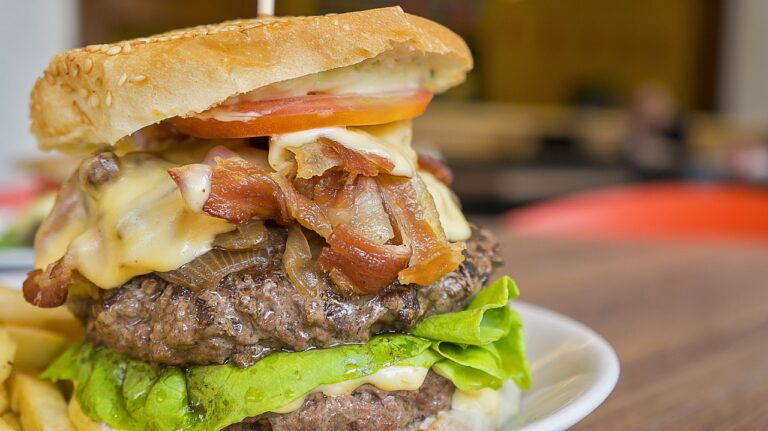Food Labeling for Dietary Restrictions: Gluten-Free, Vegan, and More
Dietary restrictions refer to limitations individuals have in their diets due to various reasons such as allergies, sensitivities, religious beliefs, or personal preferences. These restrictions can impact what individuals can or cannot eat, requiring careful consideration and modifications to ensure optimal health and well-being. Understanding the specific dietary restrictions someone has is crucial for ensuring they are provided with safe and suitable food options.
It is important to recognize that dietary restrictions vary greatly among individuals, making it essential to respect and accommodate their specific needs. By being aware of these restrictions, individuals can show empathy and support towards those with dietary limitations, ensuring inclusivity and understanding in social and dining settings.
Individuals may have dietary restrictions due to allergies, such as nuts, gluten, or dairy
Some individuals may have sensitivities to certain foods that can cause digestive issues or other health problems
Religious beliefs may also play a role in dietary restrictions, such as avoiding certain meats or animal products
Personal preferences, such as following a vegetarian or vegan diet, can also impact an individual’s food choices and restrictions.
Common Dietary Restrictions
Individuals with gluten intolerance must avoid foods containing wheat, barley, and rye. This dietary restriction can be particularly challenging when dining out or selecting packaged food items. Many processed foods may contain hidden sources of gluten, making it crucial for those with gluten intolerance to carefully read ingredient labels.
Another common dietary restriction is lactose intolerance, where individuals experience gastrointestinal discomfort after consuming dairy products. People with lactose intolerance lack the enzyme necessary to break down lactose, the sugar found in dairy. As a result, they must avoid milk, cheese, and other dairy-based foods, while seeking alternative sources of calcium and vitamin D.
Reading Food Labels for Allergens
When it comes to managing allergies, reading food labels is essential. Food labels provide crucial information about the ingredients present in a product, helping individuals with allergies make informed choices about what they consume. Look out for common allergens such as nuts, dairy, soy, wheat, and eggs when scanning food labels.
In addition to checking for allergens, be aware of potential hidden sources of allergens in food products. Ingredients like “natural flavors” or “spices” could contain allergens, so it’s important to contact the manufacturer if you’re unsure about whether a product is safe for consumption. Taking the time to read food labels thoroughly can help prevent allergic reactions and ensure that you stay safe while enjoying your meals.
What are some common dietary restrictions people may have?
Some common dietary restrictions include allergies to nuts, dairy, gluten, shellfish, and soy. Other dietary restrictions may include vegetarianism, veganism, and religious dietary restrictions.
How can reading food labels help identify allergens?
Reading food labels is important as it helps to identify potential allergens in the ingredients list. By carefully reading food labels, individuals with dietary restrictions can avoid consuming foods that may trigger an allergic reaction.
What should I look for on a food label to identify allergens?
When reading food labels for allergens, look for common allergens such as peanuts, tree nuts, milk, eggs, wheat, soy, fish, and shellfish. These allergens are usually listed in bold or highlighted on the ingredients list.
Are there any other tips for reading food labels for allergens?
In addition to looking for common allergens, it’s important to also check for hidden sources of allergens such as “natural flavors” or “spices.” If you’re unsure about whether a product contains allergens, contact the manufacturer for more information.







